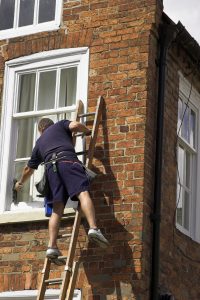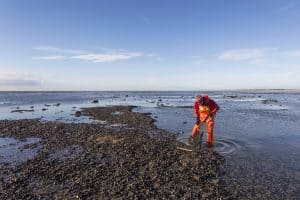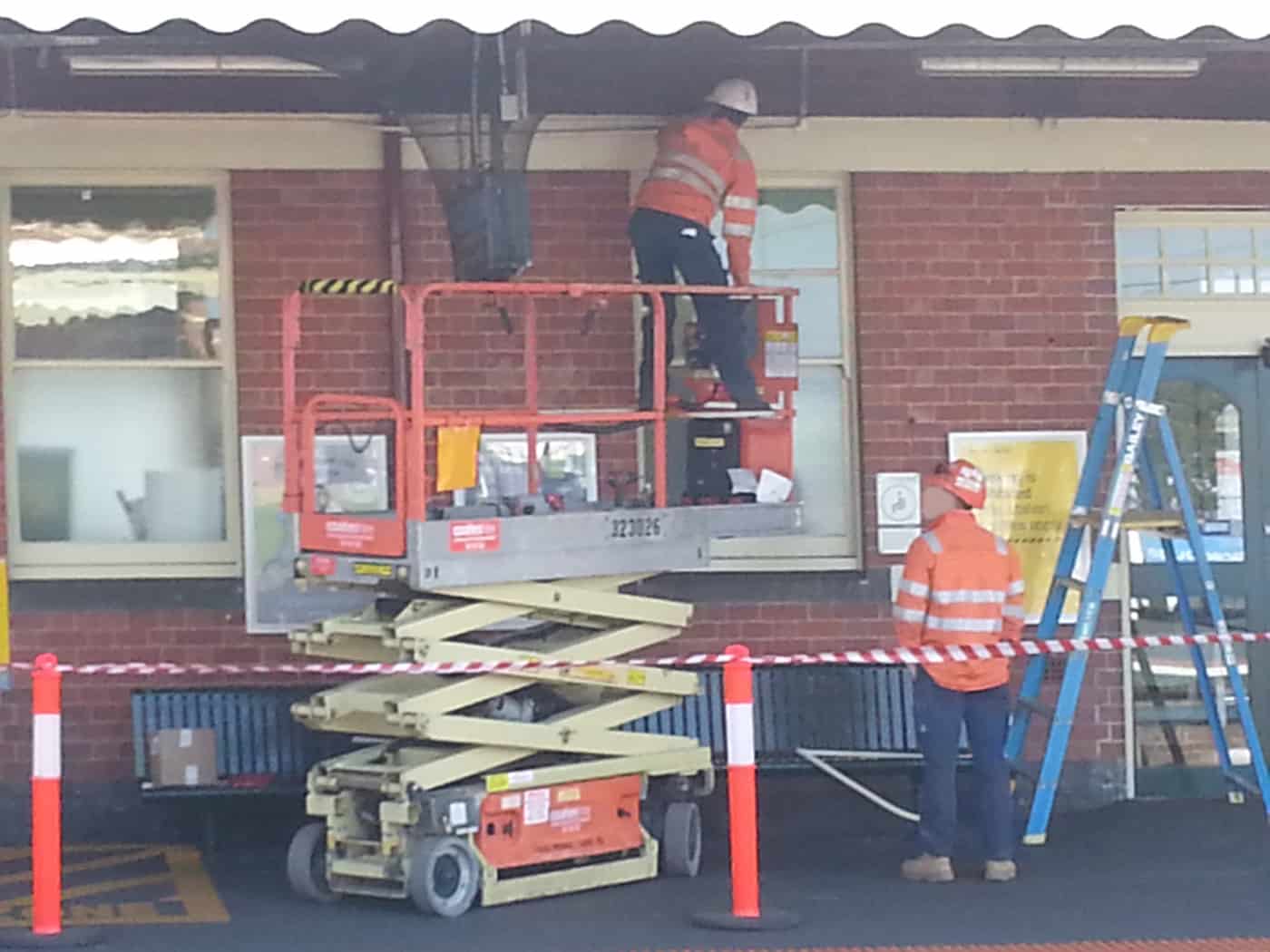 Engineering and design Standards have existed globally for a long time. They have considerable authority, often provided through legislation, and underpin many of the safety devices and equipment used in workplaces. But does compliance with Standards mean that something is safe?
Engineering and design Standards have existed globally for a long time. They have considerable authority, often provided through legislation, and underpin many of the safety devices and equipment used in workplaces. But does compliance with Standards mean that something is safe?
The easy answer is no. A recent presentation to the Central Safety Group (CSG) by David Davis of the Working at Heights Association illustrated this gap between workplace safety compliance and compliance with Standards.



